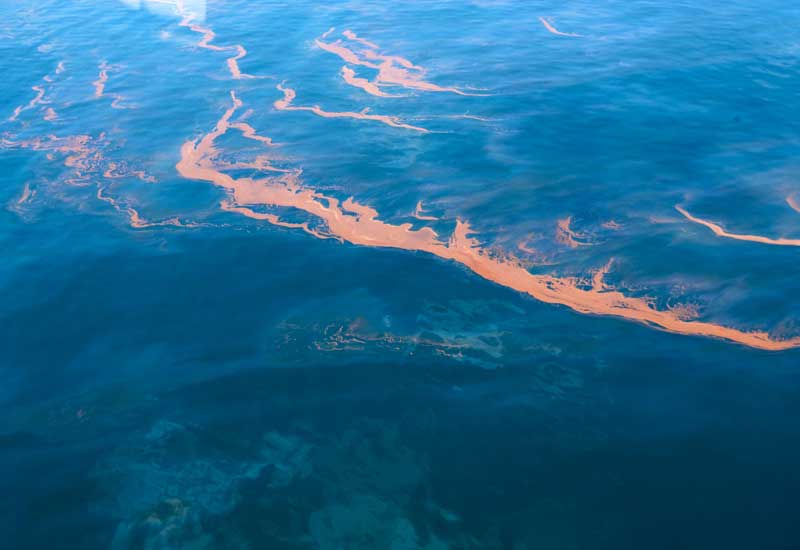The Marine Well Containment Company, a non-profit independent organisation focused on improving containment capabilities for potential underwater well control incidents in the deepwater US Gulf of Mexico, has announced an initial well containment response system.
The organisation which currently consists of a partnership between oil majors ExxonMobil, Chevron, ConocoPhillips and Shell made the announcement on Thursday.
The initial response system includes a subsea capping stack with the ability to shut in oil flow or to flow the oil via flexible pipes and risers to surface vessels. The system also includes subsea dispersant injection equipment, manifolds and, through mutual aid among members, capture vessels to provide surface processing and storage. The company has consulted with the Bureau of Ocean Energy Management, Regulation and Enforcement (BOEMRE) to ensure the system is designed to meet the government’s requirements as outlined in NTL No. 2010-N10, according to a statement.
The company is continuing to develop additional system components to expand the initial system’s capabilities, with completion of the expanded system set for 2012.
“The Marine Well Containment Company has successfully developed a solution for rapid well containment response,” said Marty Massey, chief executive officer. “This milestone fulfills a commitment set forth by the four sponsor companies to deliver a rapid containment response capability within the first six months of launching the marine well containment project.”
The interim system can operate in water depths up to 8,000 feet and has storage and processing capacity for up to 60,000 barrels per day of liquids. The capping stack has a maximum operating pressure of 15,000 pounds per square inch. The equipment is located on the US Gulf Coast.
Membership in the Marine Well Containment Company is open to all companies operating in the US Gulf of Mexico. Members will have access to the initial well containment response system, as well as the expanded system upon completion of its construction. Non-members will also have access to the systems through a service agreement and fee.
BP joins Marine Well Containment Company
At the beginning of February BP, which was at the centre of last April’s Gulf of Mexico oil spill said that it would join the Marine Well Containment Company bringing with it its experience and equipment.
Among the equipment BP will bring to the MWCC are riser, manifold and containment systems deployed for use during the Deepwater Horizon response. In addition to the transfer of equipment, BP also will bring to MWCC the company’s information and supporting records, drawings, permits, licenses and other technical information it developed throughout the spill response.
These items will be part of the MWCC interim response system aimed at enhancing deepwater safety and environmental protection in the Gulf of Mexico, which accounts for 30% of US oil and gas production and supports more than 170,000 American jobs. MWCC companies are involved with the engineering, procurement and construction of equipment and vessels for the system.
BP is also involved in industry efforts to improve prevention, well intervention and spill response. This includes rig inspections and implementation of new requirements on blowout preventer certification and well design. “The industry has proactively formed several multi-disciplinary task forces to further develop improved prevention, containment and recovery plans,” a BP statement read.
“Last autumn we made an ongoing commitment to share what we’ve learned and the experience we gained during the Deepwater Horizon incident response with the world,” said James Dupree, regional president for BP’s US Gulf of Mexico business. “We have shared our insights with regulators, participated in public forums, worked directly with industry bodies and published our lessons learned. Joining the MWCC and bringing our capabilities and equipment to an interim response system is another important part of that commitment.”




